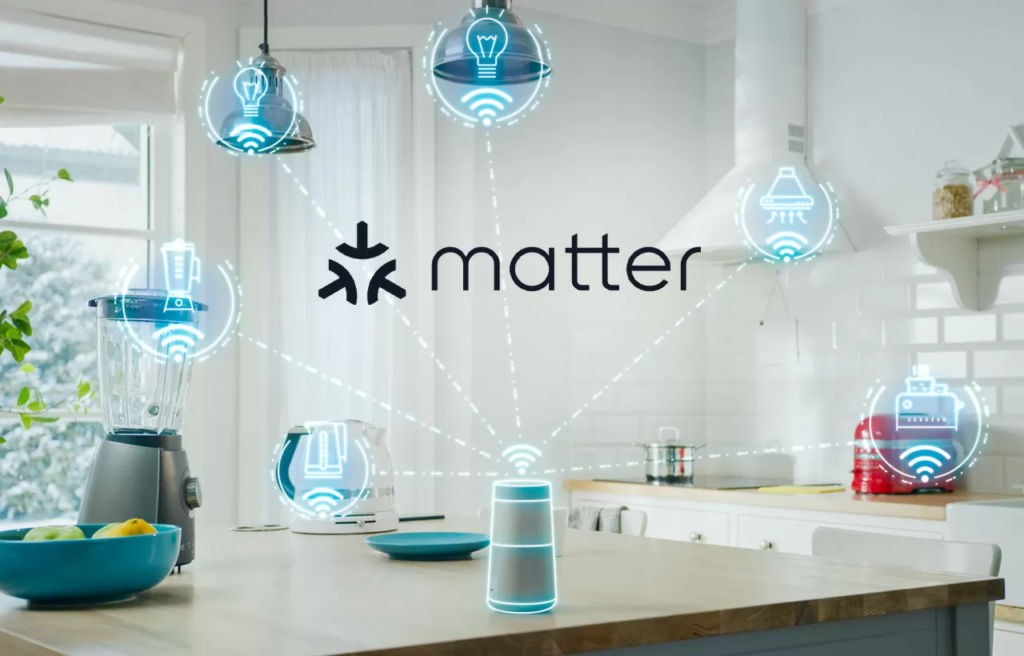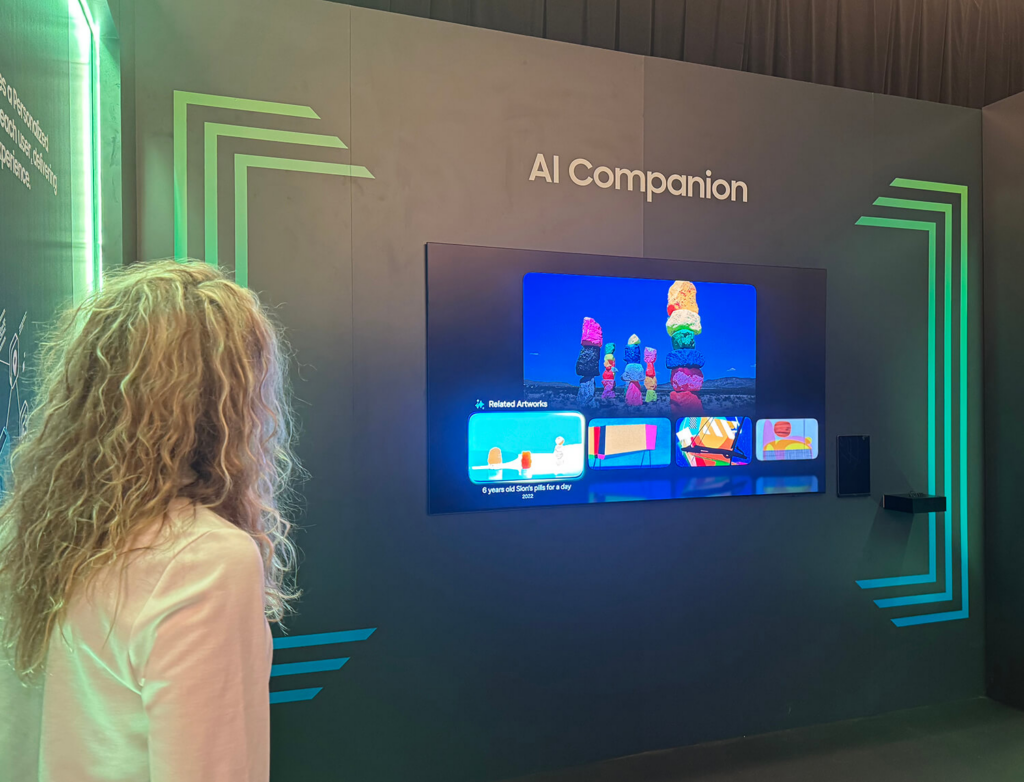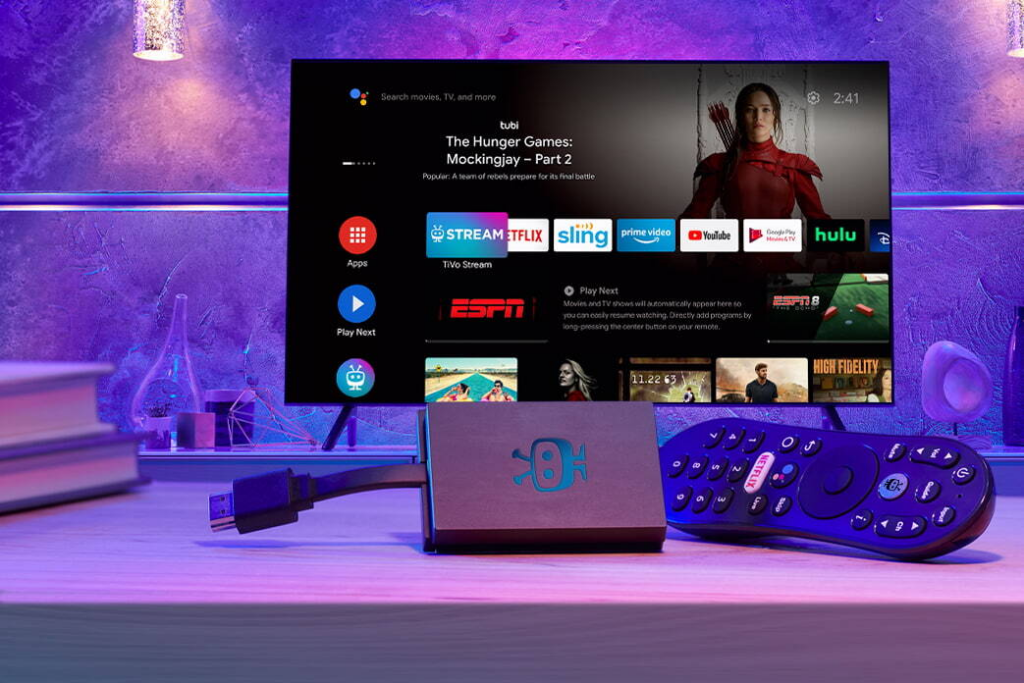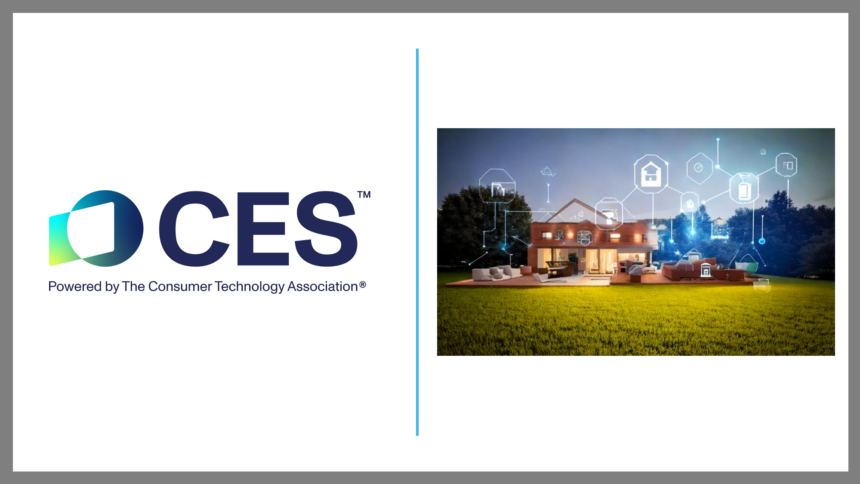At CES 2025, the smart home revolution takes a big step forward. Big names like Apple, Google, and Samsung are making it easier than ever to connect your home with devices that talk to each other seamlessly. The secret? The unified standard called “Matter.” This week, tech giants have agreed to back this new standard, meaning your home devices can work together without the usual hassle. Let’s dive into how this game-changing update will make your smart home even more intelligent.
What’s Happening & Why This Matters
Matter: The Key to Smarter Homes

Anyone who’s tried setting up a smart home knows that one of the biggest challenges is ensuring all your devices—lights, thermostats, or speakers—work well together. That’s where Matter comes in. Matter is a universal smart home standard designed to allow devices from different manufacturers to communicate and work together seamlessly.
Until now, devices like smart speakers and lights had to be certified for each platform. For example, a smart bulb might work with Google Home but not Apple’s HomeKit. This caused confusion and frustration for users who wanted their gadgets to work across different ecosystems.
Things are changing thanks to the Connectivity Standards Alliance (CSA), which runs Matter. Apple, Google, and Samsung have all agreed to trust Matter’s interoperability testing, meaning their devices no longer need separate tests. This massive time-saver for manufacturers could lead to faster product rollouts.
The bottom line? Smart home products certified with Matter will work across all major ecosystems—whether Apple, Google, or Samsung. This shift will make shopping for smart home devices easier and faster without worrying about compatibility.

AI Comes to Smart TVs with Microsoft’s Copilot
Smart home innovations at CES aren’t just about connectivity — they’re about making your devices more intelligent. At the show, LG and Samsung revealed that they will integrate Microsoft’s Copilot AI into their TVs. This AI-driven feature aims to create a personalized viewing experience, including content suggestions based on your preferences and voice recognition.
LG’s 2025 OLED EVO TVs will use Copilot to greet you by name and adjust the content recommendations according to your viewing habits. If you’re having trouble navigating, Copilot can offer timely solutions via AI-powered chat. It’s designed to make finding and organizing content more straightforward and intuitive.

Samsung is also bringing Copilot to its smart TVs and monitors as part of its Vision AI lineup. Vision AI includes 8K AI upscaling features and adaptive sound that adjusts to the on-screen content. The goal is to offer a more immersive viewing experience tailored just for you.
While the full details of Copilot’s features are still being released, it’s clear that the future of TV viewing will be much more personalized thanks to AI.
TiVo-Powered Smart TVs: A Returning Player in the US

CES 2025 also brought news about TiVo’s new smart TV OS, which is set to arrive in the US. TiVo has partnered with Sharp to bring its OS to a 55-inch QLED TV, which will be available starting in February. TiVo’s platform offers a “neutral” TV experience, allowing users to find content without being tied to any ecosystem. The TV will come with 4K resolution, Dolby Atmos support, a vast selection of free, ad-supported channels, and over 100,000 movies and shows.
TiVo’s OS is already available in Europe, and the company has big plans for the US market. The OS offers a personalized experience that users can enjoy without the biases of other platforms, making it an attractive option for those looking for a more streamlined TV experience.

TF Summary: What’s Next
CES 2025 promotes connection and control in our smart homes. With Matter’s improved universal standard, devices from Apple, Google, and Samsung will seamlessly work together, reducing the frustration of compatibility issues. Meanwhile, integrating AI features like Microsoft’s Copilot into smart TVs makes our entertainment even more personalized and intuitive. The future of smart homes is all about connectivity, personalization, and ease of use, and it’s clear that we’re headed toward a much brighter, more connected world. Keep an eye on these innovations, as they’ll transform how we interact with technology in our everyday lives.
— Text-to-Speech (TTS) provided by gspeech


